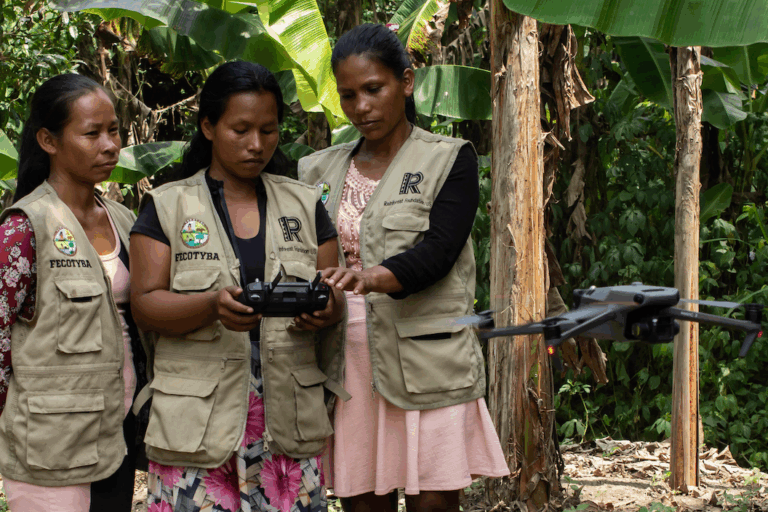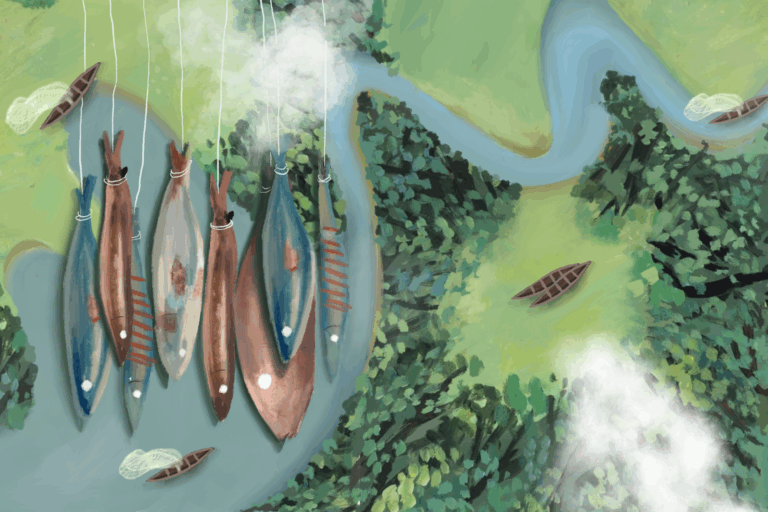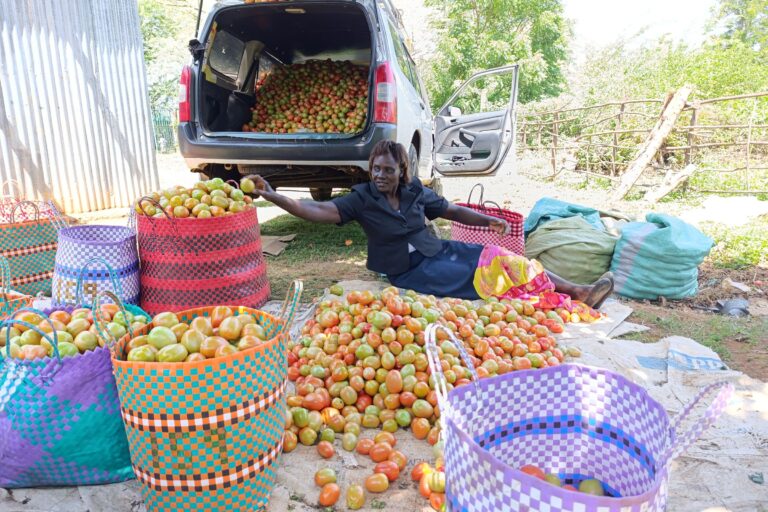Madagascar plant may offer new treatment for malaria
mongabay.com
December 25, 2006
A plant traditionally used by healers in Madagascar may offer a new way to treat malaria, a mosquito-borne illness that kills 2-3 million people — mostly children in Sub-Saharan Africa — per year.
Researchers led by Dominique Mazier from the Laboratory INSERM of the University Pierre et Marie Curie, Pitié-Salpêtrière Hospital, Paris, isolated a novel compound, tazopsine, from Strychnopsis thouarsii, a species endemic to Madagascar. They found that one of its semisynthetic derivatives, NCP-tazopsine, completely protected mice from malaria in experiments. The compound was “specifically active against the liver stage [of the malaria parasite], but inactive against the blood forms of the malaria parasite,” according to a statement from PLoS Medicine, where the study is published. “This unique specificity in an antimalarial drug makes the development of drug resistance much less likely, and suggests that this compound is a promising new candidate for anti-malarial prophylaxis.”
Separately, researchers are studying the diet of lemurs, a primate found naturally only on the island of Madagascar, to see whether dietary components offer some form of protection against malaria infection.
Citation: Carraz M, Jossang A, Franetich JF, Siau A, Ciceron L, et al. (2006) A plant-derived mor phinan as a novel lead compound active against malaria liver stages. PLoS Med 3(12): e513.
This article is based on a news release from PLoS Medicine.














